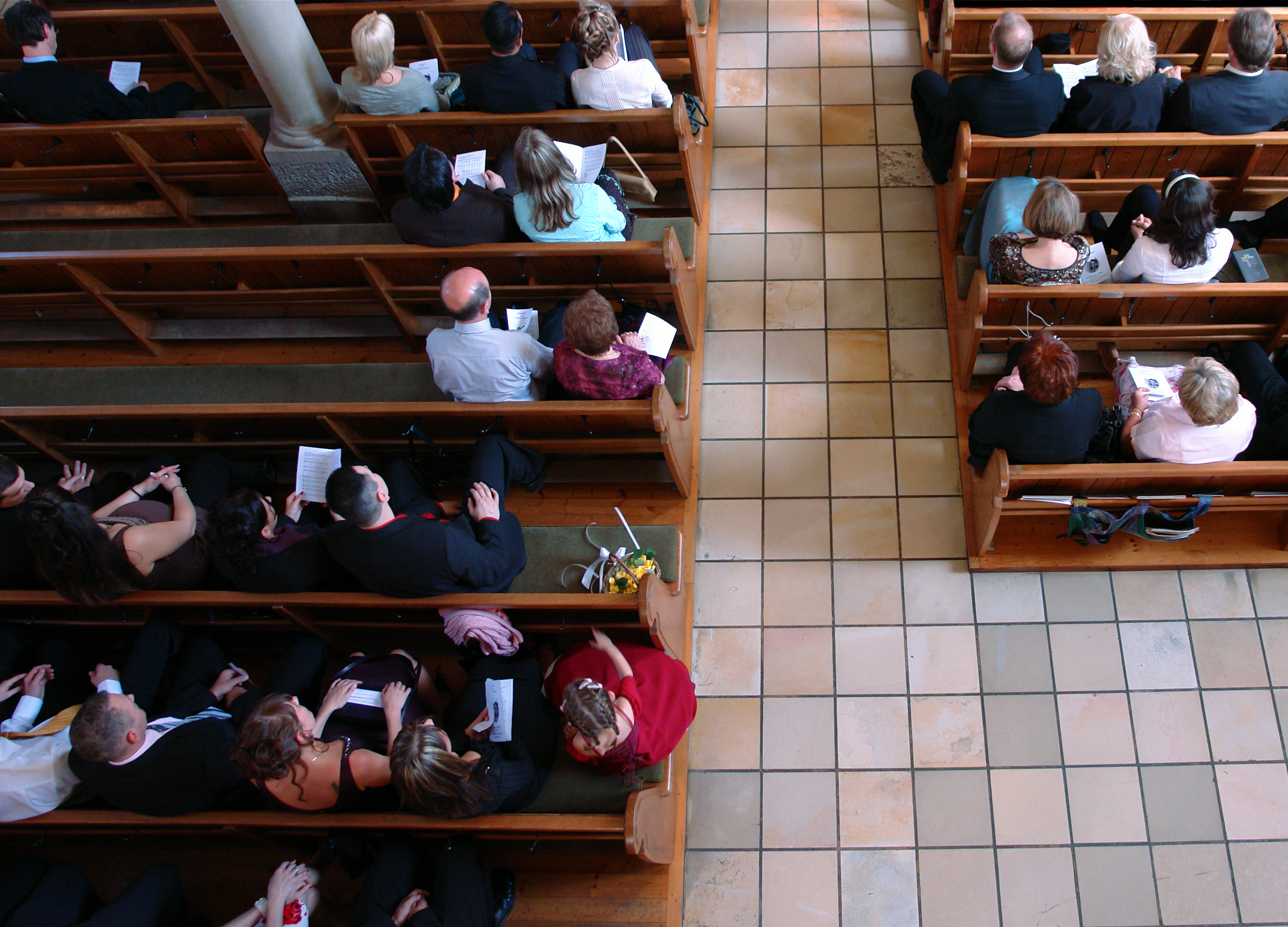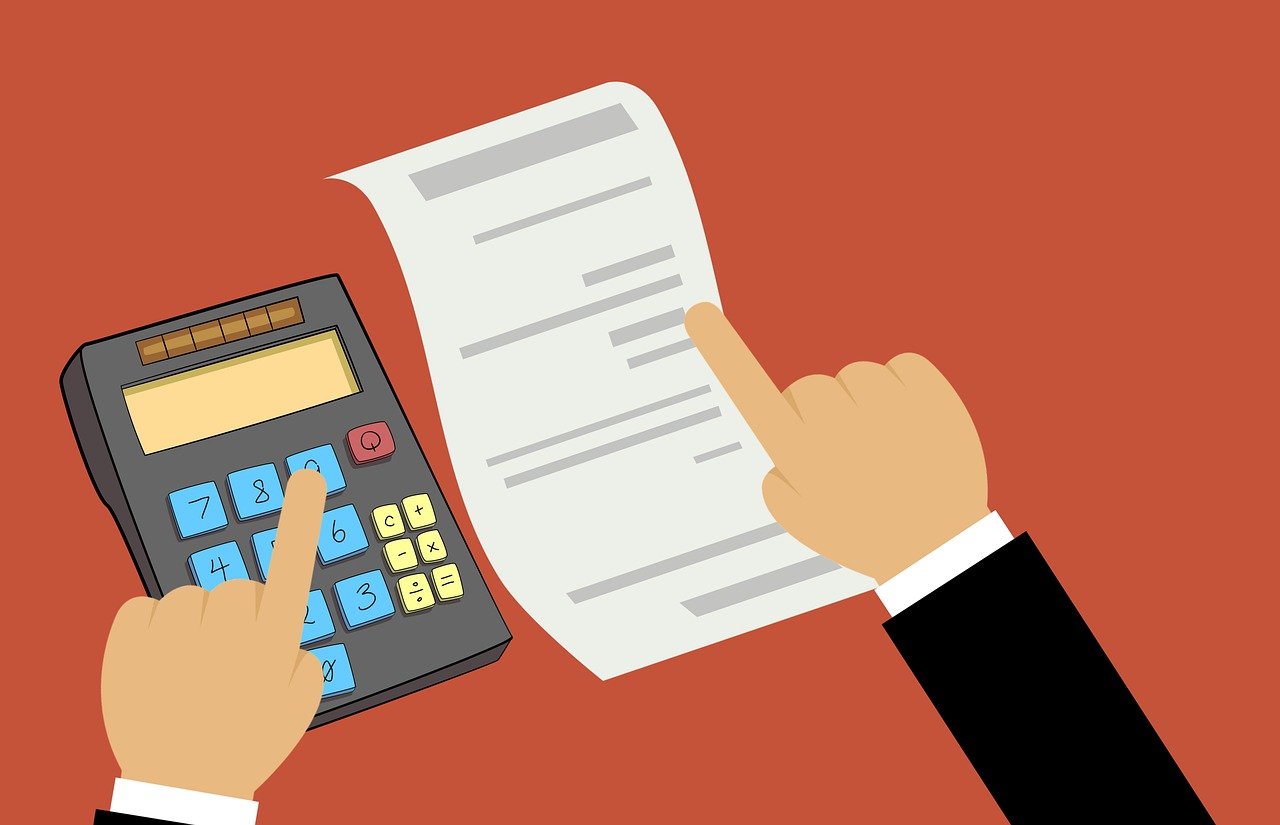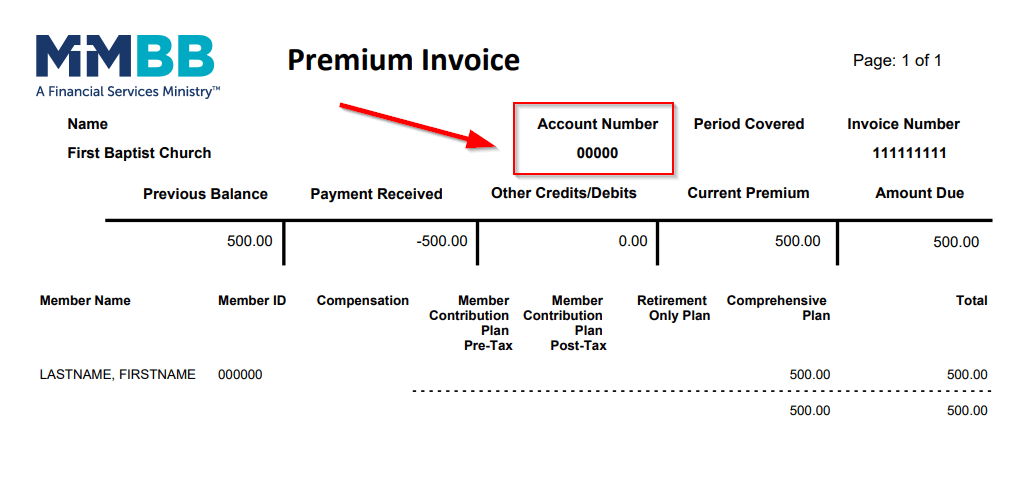Smart Ways to Save on Auto Insurance Premiums
Whether you're a seasoned motorist or a new driver, understanding the factors that influence your insurance rates can help you take control of your costs. From adjusting your coverage to leveraging discounts, there are practical strategies that can lead to significant savings.








 Next
Next




